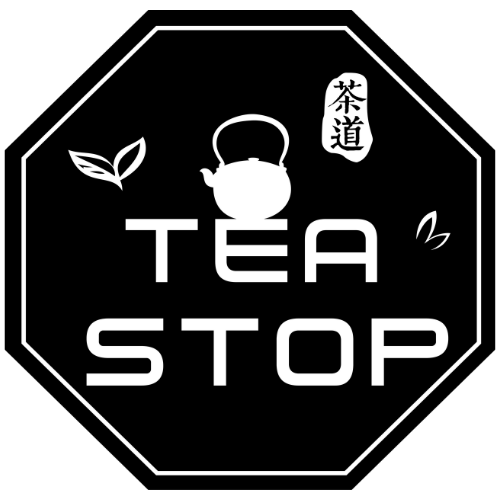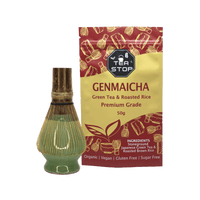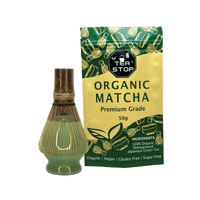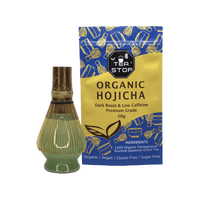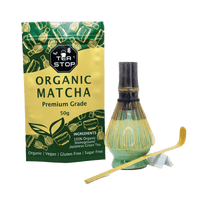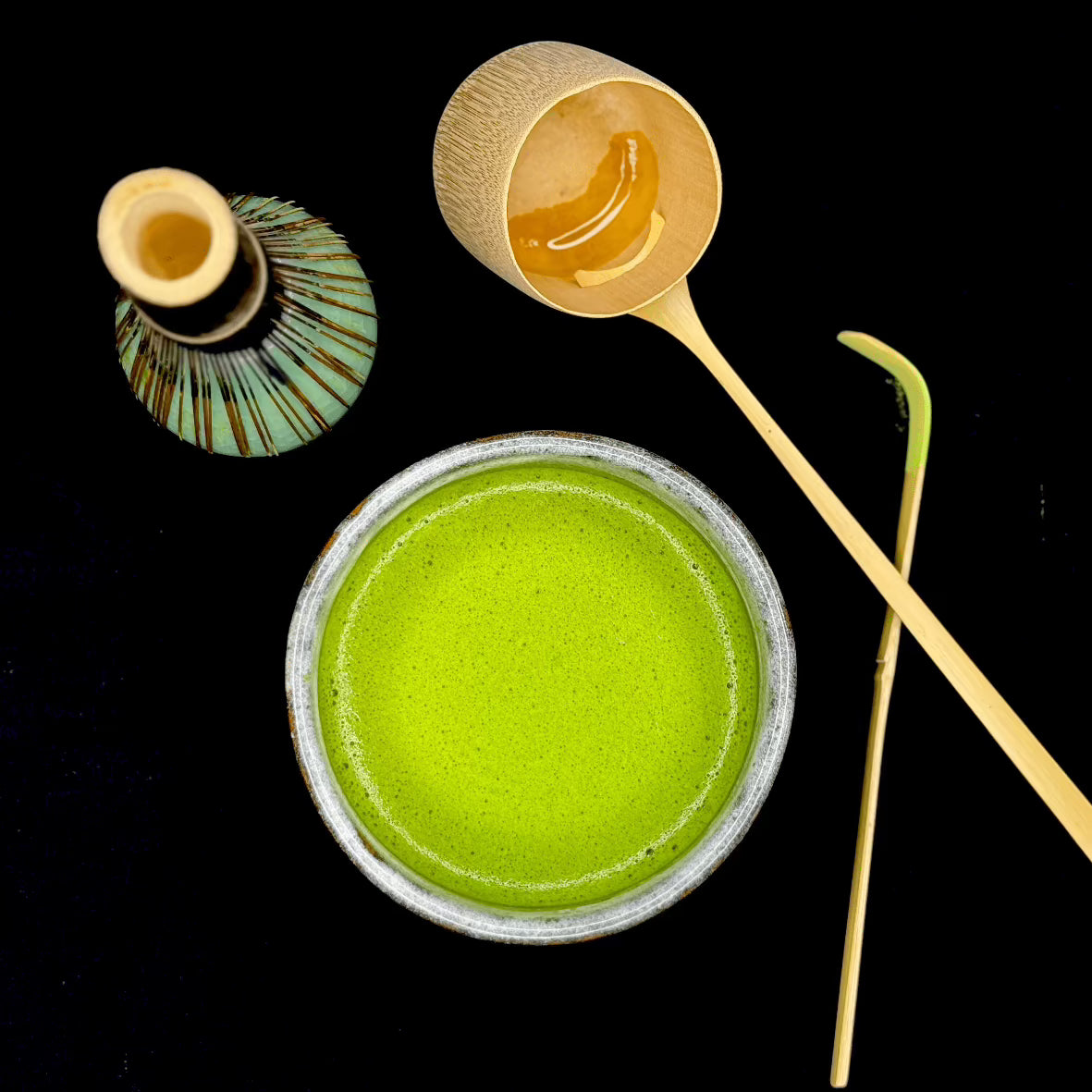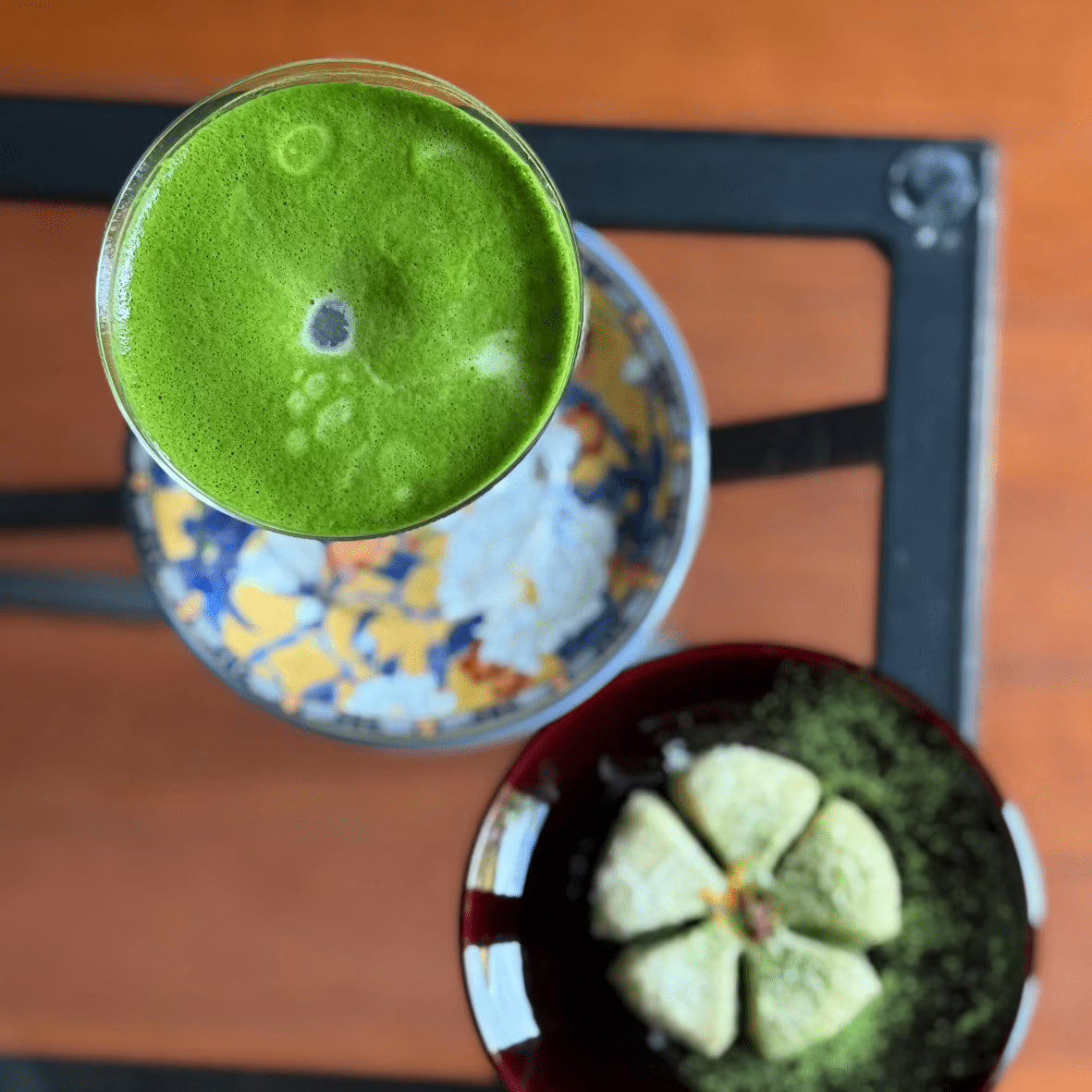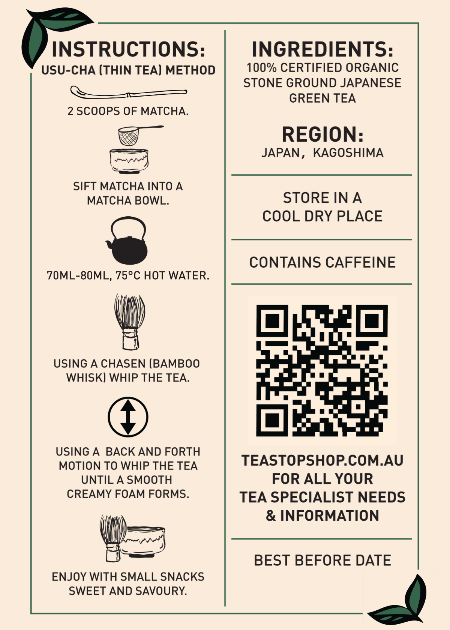
Chai Tea Explained: Origins, Benefits, and How to Brew It Right
Share
Chai tea is more than just a drink—it's a tradition that brings people together, promotes well-being, and encourages moments of relaxation. It originated from the Indian subcontinent, where ancient Ayurvedic practices created this flavorful blend using spices and black tea for its healing properties.
Chai has transcended borders and become a symbol of hospitality worldwide:
- In India, chai is made on busy street corners and served in small clay cups, fostering conversations and connections.
- Around the world, it has inspired cafés and homes to embrace its fragrant combination, modifying recipes while respecting its origins.
A cup of chai provides warmth to the body and comfort to the soul—an everyday practice that encourages mindfulness while honoring its rich cultural heritage.

Understanding Chai and Masala Chai
Definition of Chai and Masala Chai
Chai simply means "tea" in Hindi. It's a term used broadly to describe any type of tea consumed in India. On the other hand, Masala Chai refers specifically to spiced tea. The word "masala" means a mixture of spices, so masala chai is tea brewed with a blend of aromatic spices.
Key Differences Between the Two Beverages
-
Ingredients:
- Chai - Typically made from black tea leaves, water, and sometimes milk or sugar.
- Masala Chai: Includes black tea leaves, various spices (such as cardamom, cinnamon, cloves, ginger), milk, and sweetener.
-
Flavour Profile:
- Chai: Has a simple, straightforward flavor that's purely tea-based.
- Masala Chai: Offers a complex and rich taste due to the infusion of spices.
Understanding these distinctions helps appreciate the cultural significance and culinary diversity within Indian tea traditions. Each sip brings you closer to the vibrant heritage and mindful rituals surrounding this beloved beverage.
The History of Chai Tea
The history of chai tea is a fascinating story that spans centuries, involving tradition, trade, and cultural exchange.
Early Beginnings: Ayurvedic Herbal Infusion
In its earliest form, Indian chai tea was more than just a drink—it was an herbal infusion recommended in Ayurveda for its healing properties. These early blends included spices like ginger, cardamom, and black pepper, often without any tea leaves, aimed at balancing bodily energies and aiding digestion.
The Rise of Tea as a Daily Beverage
It wasn't until later that tea became a regular drink in India. This shift occurred with the introduction of the Camellia sinensis plant, which brought about significant changes. During the 19th century, British colonial interests played a crucial role in promoting large-scale tea cultivation in Assam. To compete with Chinese tea imports, colonial powers encouraged local communities to mix strong black Assam tea with traditional spices, milk, and sugar. This practice quickly gained popularity and spread throughout India, finding its way into railway stations and street-side stalls.
Chai Today: A Reflection of Its Vibrant History
The evolution of chai can be seen in its modern form. Today's chai embodies this rich history by combining robust black tea with soothing spice blends. Each region and family has its unique recipe that is closely guarded—a testament to the diverse cultural influences that have shaped this beloved beverage.
Chai's journey from an ancient medicinal drink to a globally cherished comfort beverage showcases its ability to adapt and endure over time.
Ingredients in Chai Tea
Chai tea is renowned for its aromatic blend of spices, creating a warm and invigorating beverage. Some of the most common spices include:
- Cinnamon: Adds a sweet and woody flavor.
- Cardamom: Offers a complex taste with hints of citrus and floral.
- Cloves: Provides a pungent and spicy kick.
- Ginger: Contributes a zesty and slightly peppery note.
- Black Pepper: Enhances the spiciness and depth.
The base of chai tea usually incorporates various types of teas, each imparting unique characteristics:
- Black Tea: The most traditional choice, offering boldness and robustness.
- Green Tea: A lighter alternative, providing a fresher taste profile.
- Rooibos Tea: A caffeine-free option with a naturally sweet flavor.
Personalizing your chai involves choosing the right milk and sweeteners to complement the spices. Popular choices include:
-
Milk Options:
- Cow’s Milk: Traditional choice for creamy texture.
- Almond Milk: Adds a nutty flavor, suitable for lactose-intolerant individuals.
- Oat Milk: A creamy and slightly sweet dairy-free option.
- Coconut Milk: Offers richness with a tropical hint.
-
Sweetener Options:
- Honey: Natural sweetness that enhances the spice blend.
- Sugar: Simple and straightforward, often used traditionally.
- Maple Syrup: Adds depth with its rich, caramel notes.
Embracing these ingredients allows you to craft chai tea that aligns perfectly with your preference while honoring the rich tradition behind this beloved beverage.
Brewing Chai Tea Like a Pro
Brewing the perfect cup of chai tea involves understanding the nuances of temperature and steeping time. Whether you prefer black tea-based chai or green tea-based chai, mastering these guidelines ensures a delightful and aromatic experience.
Brewing Guidelines for Black Tea-Based Chai
Black tea-based chai is traditional and robust. To brew:
- Water Temperature: Heat water to 90-100°C.
- Steeping Time: Steep for 3-5 minutes to extract full flavors.
- Spices & Additions: Add your chosen spices early to allow them to infuse thoroughly.
Brewing Guidelines for Green Tea-Based Chai
Green tea-based chai offers a lighter, more nuanced flavor profile. Follow these steps:
- Water Temperature: Heat water to 70-80°C.
- Steeping Time: Steep for 2-3 minutes; longer can result in bitterness.
- Spices & Additions: Introduce spices gently to avoid overpowering the delicate green tea.
Importance of Proper Steeping Techniques
Proper steeping is crucial to achieving the desired balance of flavors. Key points include:
- Avoiding Over-Steeping: Over-steeping can lead to bitterness, especially with green tea.
- Consistent Temperature: Maintaining consistent water temperature prevents flavor inconsistencies.
- Balanced Spice Infusion: Ensure spices are added at the right time for optimal extraction without overshadowing the tea's natural taste.
Brewing chai tea like a pro transforms your daily ritual into an art form, enhancing mindfulness and enjoyment in each sip.

Health Benefits of Chai Tea You Should Know About
A cup of chai tea is more than a comforting ritual—it’s a blend celebrated for its nourishing qualities. The unique combination of black or green tea leaves and aromatic spices comes together to create a beverage rich in wellness-promoting properties.
Antioxidant Power
Black and green teas are naturally abundant in polyphenols, such as catechins and theaflavins, which help neutralise free radicals and protect cells from oxidative stress. Spices like cinnamon and cloves add an extra boost, contributing their antioxidants that support immune health.
Medicinal Benefits of Chai Spices
Each ingredient in a classic chai blend supports well-being:
- Ginger helps soothe digestion, ease nausea, and warm the body.
- Cardamom is traditionally used to aid respiratory health and freshen breath.
- Cinnamon may help balance blood sugar levels.
- Cloves and black pepper contribute anti-inflammatory compounds.
These spices have been cherished in Ayurvedic practices for generations, valued for their restorative effects on body and mind.
Promoting Daily Well-being
Sipping chai creates a gentle pause in the day—a mindful moment infused with warmth. The ritual itself encourages slowing down, while the blend’s natural compounds can:
- Support healthy energy through moderate caffeine,
- Aid digestion after meals,
- Foster relaxation and clarity through soothing aromas.
Chai's harmonious blend of tea and spice offers both comfort and care—an invitation to nurture yourself daily.
Storing Chai Tea Blends for Maximum Freshness
The ritual of chai tea truly begins with fresh, vibrant leaves and spices. Properly storing chai blends helps preserve their natural oils, aroma, and flavor, ensuring each cup feels like a mindful moment.
Best Practices for Storing Chai Blends:
- Use airtight, opaque containers to protect from air and light exposure. Tea storage tins crafted from Japanese-inspired designs offer both function and beauty.
- Keep chai tea in a cool, dry place away from strong odors or moisture. A designated cupboard or pantry shelf works well—avoid the fridge or clear containers.
- Store your blend away from direct sunlight and fluctuating temperatures to maintain its delicate spice profile.
Factors that Impact the Shelf Life of Chai Tea:
- Moisture: Even slight dampness can compromise texture and invite spoilage.
- Air & Light Exposure: Oxygen and UV rays naturally degrade essential oils found in spices.
- Age of Ingredients: Handcrafted organic chai blends with whole spices retain potency longer than pre-ground or mass-market options.
Thoughtful storage rituals support the full spirit and sensory richness of every cup.
Conclusion
Chai tea combines ancient tradition, colorful spices, and a comforting ritual. Its flexibility is evident—whether it's a refreshing start to the day, a soothing break in the afternoon, or a cozy drink on chilly evenings. Chai's worldwide popularity shows how it can adapt to different cultures while still honoring its origins—a true example of tea's ability to bring people together and inspire.
At Tea Stop Shop, we are driven by our love for mindful living and natural ingredients in every blend we create. Whether you find comfort in traditional chai or are interested in exploring Japanese matcha for your daily routine, each cup offers a unique experience filled with flavor, connection, and purpose.
Discover the richness of premium organic loose leaf teas and authentic Japanese matcha—carefully sourced, lovingly blended, and ready to enhance your next moment of tranquility.
Join us as we explore the diverse world of chai tea—your adventure begins with one intentional sip.
